Hello, first grade!! I promise I have not forgotten you!!
As the year began, it seemed critical for me to concentrate a lot of time and effort in kindergarten. From our perspective, we were starting from the beginning, building from the ground up. Planning, writing curriculum, meeting with teachers, assessing, and then starting all over again. And again. And again. It takes time. Lots of it. Especially when you are trying to create and introduce a context for writing for children who have never done any. Most of them can not even write letters, much less words.
It has been an incredible journey. And, at this point, I feel like we have established the writer's workshop with our kindergarten students, and they are exceeding all of our expectations. Whew!!!
So, first grade. Let's talk.
I met last summer with more than 50 educators from my district and shared some curriculum that I wrote for first grade when I taught it four years ago. I had moved to first grade from a fourth grade gifted class - where I had taught for eight years. For the primary workshop, I wrote units of study that targeted first grade skills and standards. But, I quite naturally still spoke to my first grade students much like I did to my gifted fourth graders. I called them writers. I used technical, process writing vocabulary. We did pre-writes and quickwrites. We drafted in drafting booklets. We revised. We edited. We made books. We published. We were a community of authors. I never "lowered the bar" on what I thought first grade writers could do. My instruction was as grounded in teaching the writer and not the writing as it had been in fourth grade. And it was writing - picture books, literary nonfiction, poetry, informational books, how-to books
From that year in first grade I learned something that will forever frame my teaching - #allkidscanwrite.
All. Kids. Can. Write.
As we now approach the end of the first quarter of the 2015-2016 school year, the first grade team at my school is well underway with using units of study as a framework for their writer's workshops. They have launched the workshop with a narrative writing study, also using Eric Carle's books as entrypoints for students' work. By first grade, nearly all students have at least a context for writing, having had experiences in kindergarten. However, they still need foundational instruction in first grade to build on what was begun in kindergarten. Our unit included the following mini-lessons:
* Students as Authors
* Writing As Craft
* Making Books
* "I'm Not Afraid of My Words!" (Thank you, Katie Wood Ray and Lisa Cleaveland)
* Troubleshooting/Management of the Writer's Workshop
* Finishing a Book
* What to Expect in a Conference
* Revison
* Editing
* Publishing
A very generous first grade teacher has agreed to let me come into her room and teach! We will be starting the next unit, an Illustration Study week after next.
Why not next week? Well, here at my school, in first grade, we are building up to a unit to be taught in February on graphic narrative writing. Next week is one of our four preparatory lessons for that unit. This is a yearlong, writing pilot in first grade and I am over the moon excited about it. I promise to keep you posted on our graphic narrative writing project!!!
My plan for this blog going forward is to post on first grade writing each week on Wednesdays and continue to post on kindergarten writing on Sundays!!
Keep on writing!
#allkidscanwrite
As the year began, it seemed critical for me to concentrate a lot of time and effort in kindergarten. From our perspective, we were starting from the beginning, building from the ground up. Planning, writing curriculum, meeting with teachers, assessing, and then starting all over again. And again. And again. It takes time. Lots of it. Especially when you are trying to create and introduce a context for writing for children who have never done any. Most of them can not even write letters, much less words.
It has been an incredible journey. And, at this point, I feel like we have established the writer's workshop with our kindergarten students, and they are exceeding all of our expectations. Whew!!!
So, first grade. Let's talk.
I met last summer with more than 50 educators from my district and shared some curriculum that I wrote for first grade when I taught it four years ago. I had moved to first grade from a fourth grade gifted class - where I had taught for eight years. For the primary workshop, I wrote units of study that targeted first grade skills and standards. But, I quite naturally still spoke to my first grade students much like I did to my gifted fourth graders. I called them writers. I used technical, process writing vocabulary. We did pre-writes and quickwrites. We drafted in drafting booklets. We revised. We edited. We made books. We published. We were a community of authors. I never "lowered the bar" on what I thought first grade writers could do. My instruction was as grounded in teaching the writer and not the writing as it had been in fourth grade. And it was writing - picture books, literary nonfiction, poetry, informational books, how-to books
From that year in first grade I learned something that will forever frame my teaching - #allkidscanwrite.
All. Kids. Can. Write.
As we now approach the end of the first quarter of the 2015-2016 school year, the first grade team at my school is well underway with using units of study as a framework for their writer's workshops. They have launched the workshop with a narrative writing study, also using Eric Carle's books as entrypoints for students' work. By first grade, nearly all students have at least a context for writing, having had experiences in kindergarten. However, they still need foundational instruction in first grade to build on what was begun in kindergarten. Our unit included the following mini-lessons:
* Students as Authors
* Writing As Craft
* Making Books
* "I'm Not Afraid of My Words!" (Thank you, Katie Wood Ray and Lisa Cleaveland)
* Troubleshooting/Management of the Writer's Workshop
* Finishing a Book
* What to Expect in a Conference
* Revison
* Editing
* Publishing
A very generous first grade teacher has agreed to let me come into her room and teach! We will be starting the next unit, an Illustration Study week after next.
Why not next week? Well, here at my school, in first grade, we are building up to a unit to be taught in February on graphic narrative writing. Next week is one of our four preparatory lessons for that unit. This is a yearlong, writing pilot in first grade and I am over the moon excited about it. I promise to keep you posted on our graphic narrative writing project!!!
My plan for this blog going forward is to post on first grade writing each week on Wednesdays and continue to post on kindergarten writing on Sundays!!
Keep on writing!
#allkidscanwrite
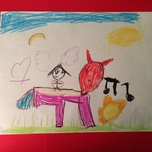
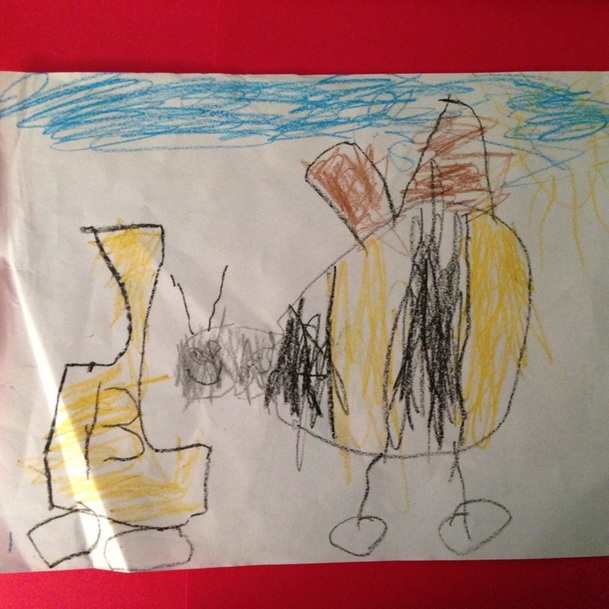
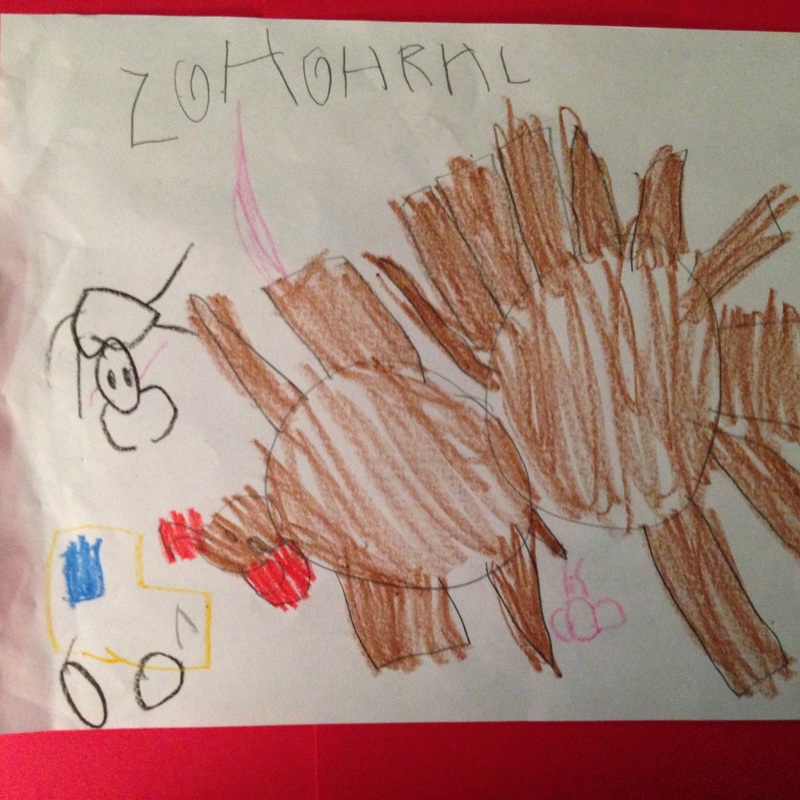
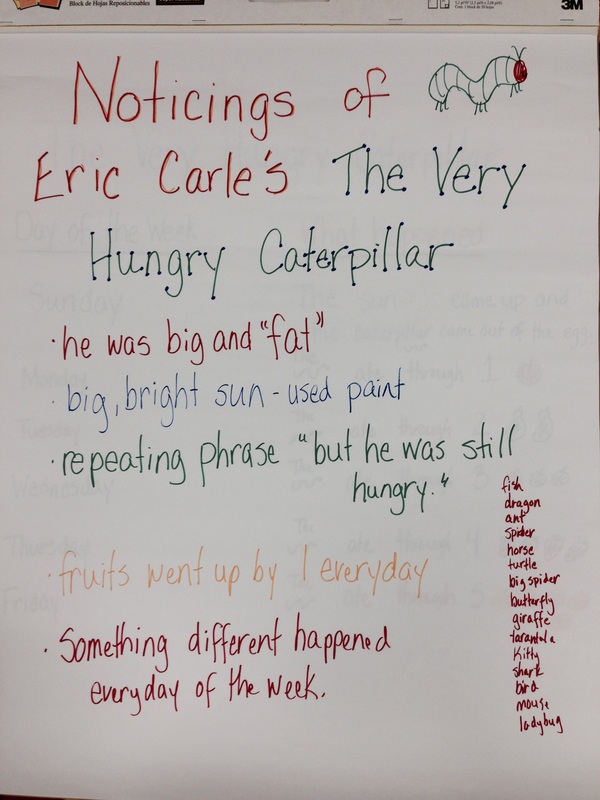
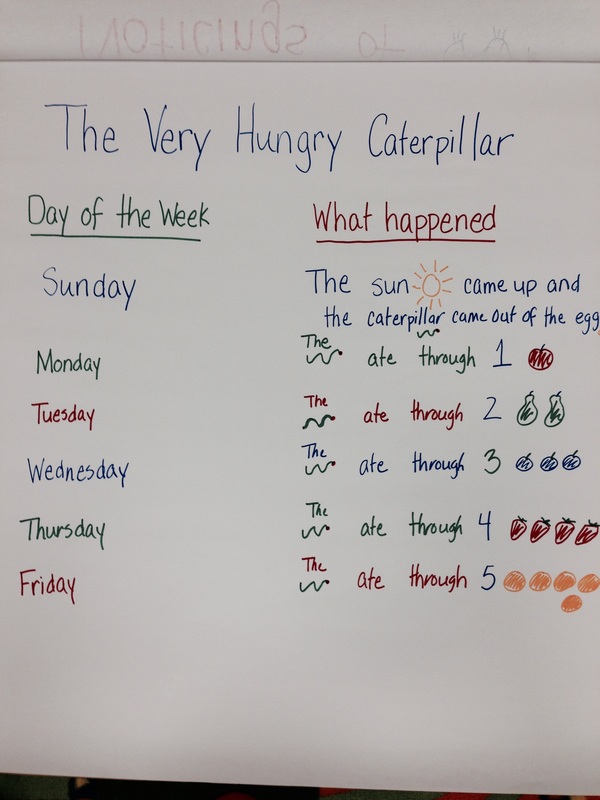
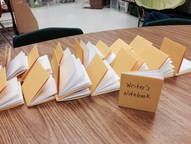
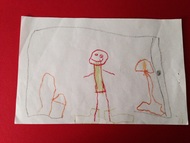
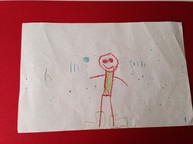
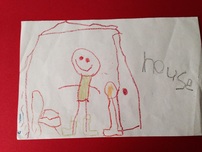
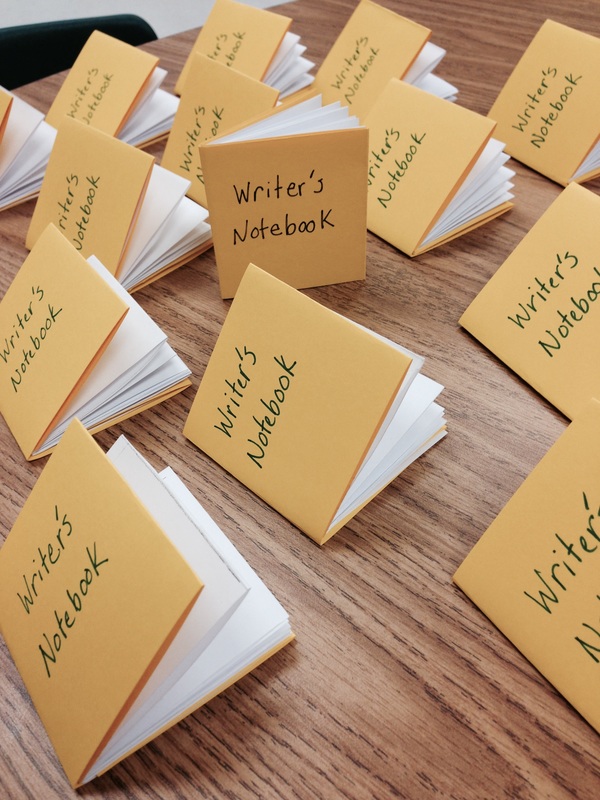
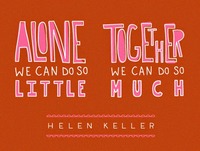
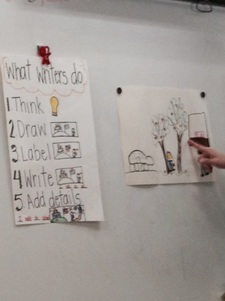
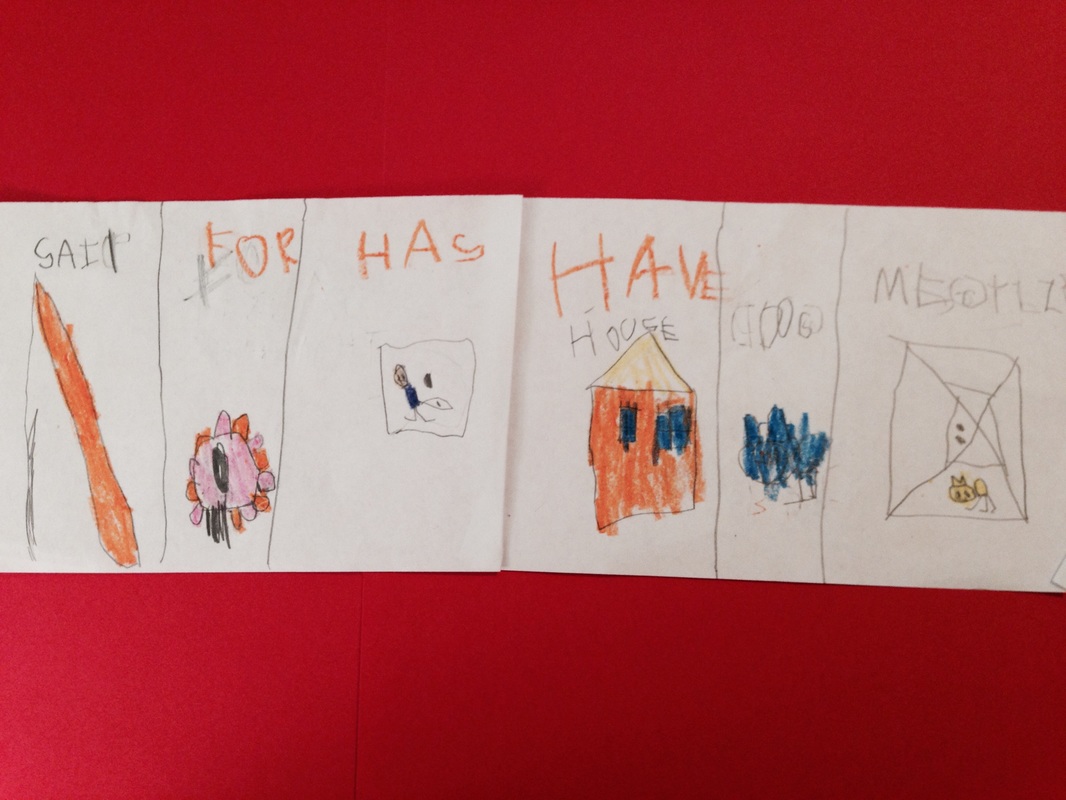
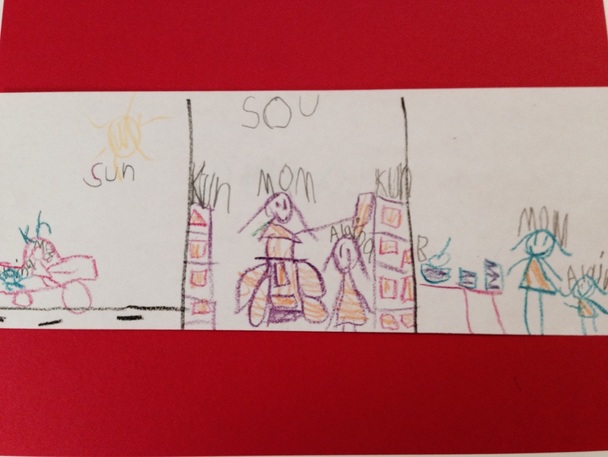
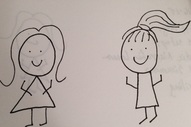
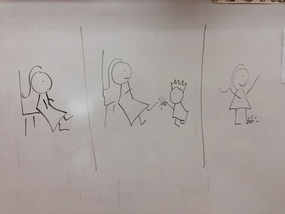
 RSS Feed
RSS Feed
